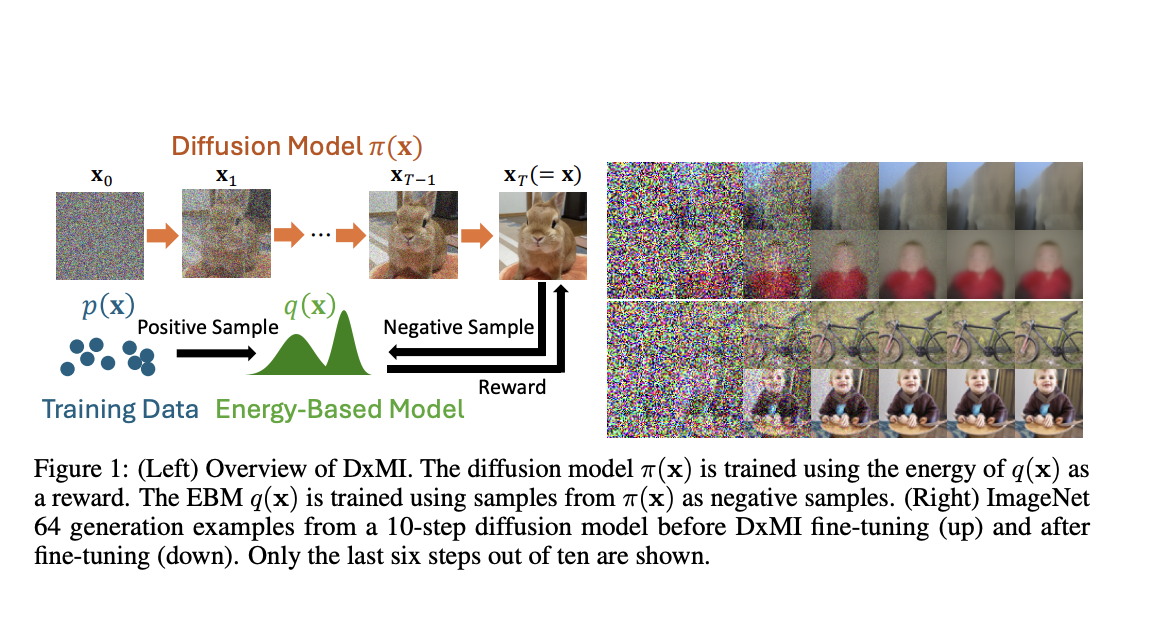
Understanding Diffusion Models and Imitation Learning
Diffusion models are important in AI because they turn random noise into useful data. This is similar to imitation learning, where a model learns by mimicking an expert’s actions step by step. While this method can produce high-quality results, it often takes a long time to generate samples due to the many calculations required.
Challenges in Generation Speed
The detailed process of imitation learning can slow down generation speed. Each small step in the process is computationally expensive, which can lead to delays. Reducing the number of steps may lower the quality of the output.
Current Solutions
Researchers are working on improving the sampling process without changing the model itself. Some methods include:
- Tuning noise schedules
- Enhancing differential equation solvers
- Using non-Markovian methods
Other approaches focus on training neural networks for quicker sampling. While distillation techniques show potential, they often perform below the original models. Reinforcement learning (RL) methods, however, have the potential to outperform them by updating models based on reward signals.
Innovative Advancements in Diffusion Models
Researchers from several institutions in Korea have proposed two new methods to enhance diffusion models:
- Diffusion by Maximum Entropy Inverse Reinforcement Learning (DxMI): This method combines diffusion and Energy-Based Models (EBM) to improve training stability and performance.
- Diffusion by Dynamic Programming (DxDP): This approach simplifies the estimation process and speeds up convergence using dynamic programming.
Results and Applications
Experiments showed that DxMI significantly improved the quality of samples and the accuracy of energy functions in tasks like image generation and anomaly detection. It achieved better results with fewer generation steps, making it competitive in quality.
Conclusion and Future Directions
The DxMI method enhances the efficiency and quality of diffusion models, addressing previous challenges like slow generation speeds. While it may not be suitable for single-step generators, it can be adapted for future research. This advancement can serve as a foundation for further developments in the field.
Explore More
For more details, check out the research paper. Follow us on Twitter, join our Telegram Channel, and connect with our LinkedIn Group. Don’t forget to join our 60k+ ML SubReddit.
Transform Your Business with AI
Stay competitive by leveraging AI solutions:
- Identify Automation Opportunities: Find customer interaction points that can benefit from AI.
- Define KPIs: Ensure measurable impacts on business outcomes.
- Select an AI Solution: Choose tools that fit your needs and allow customization.
- Implement Gradually: Start with a pilot project, gather data, and expand wisely.
For AI KPI management advice, connect with us at hello@itinai.com. For ongoing insights, follow us on Telegram or Twitter.
Discover how AI can enhance your sales processes and customer engagement at itinai.com.




























